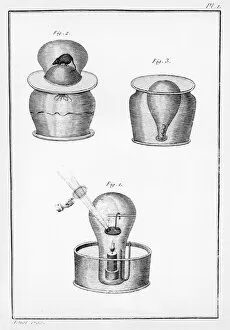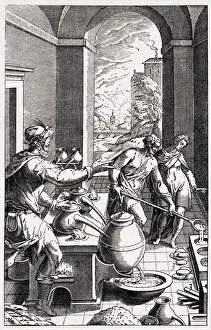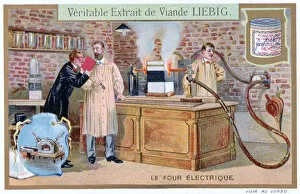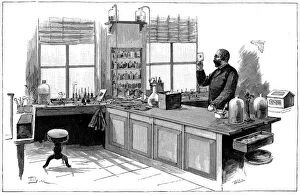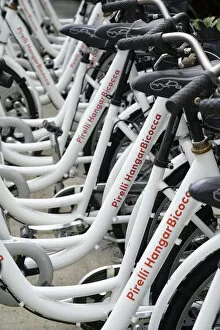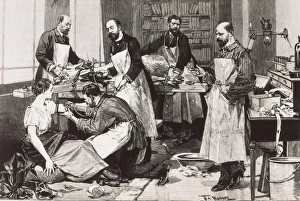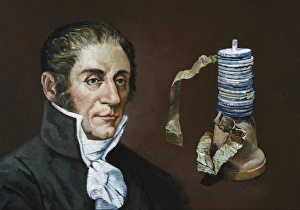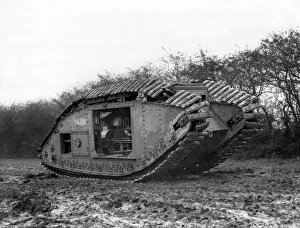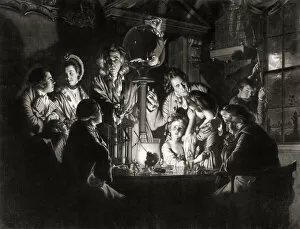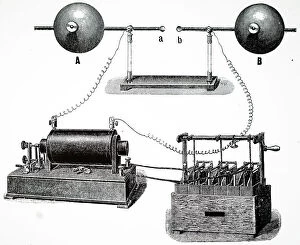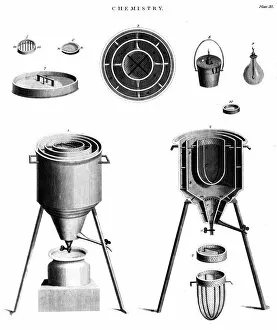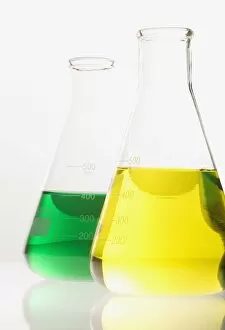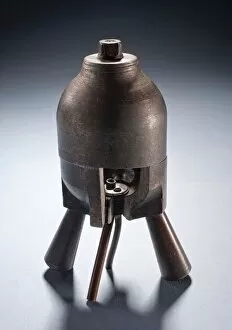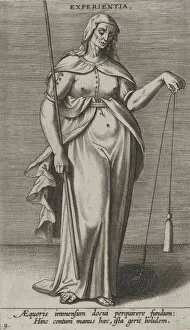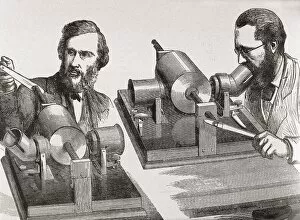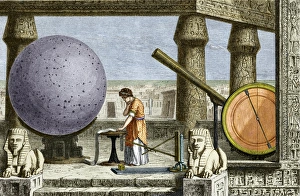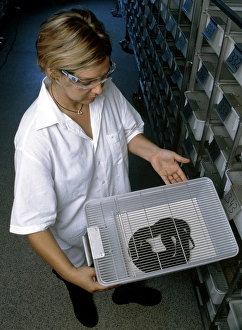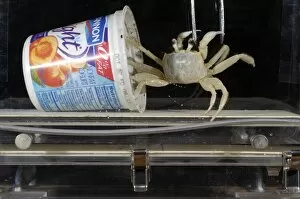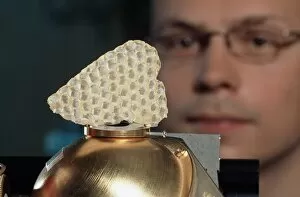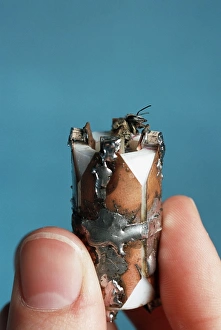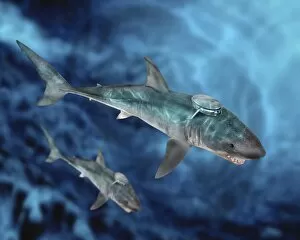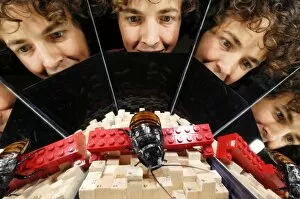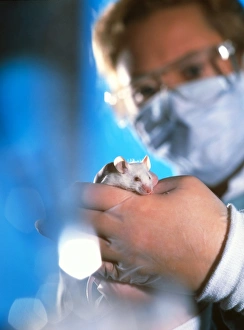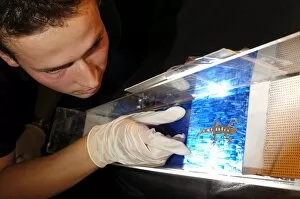Experimentation Collection (page 2)
"Unleashing the Power of Experimentation: From Lavoisier's Chemistry to Modern Innovations" In the realm of scientific exploration
All Professionally Made to Order for Quick Shipping
"Unleashing the Power of Experimentation: From Lavoisier's Chemistry to Modern Innovations" In the realm of scientific exploration, Antoine Lavoisier and his wife stand as pioneers. As a renowned chemist, Lavoisier pushed the boundaries of knowledge, unraveling the secrets hidden within matter. Together, they embarked on a journey that would forever change our understanding of the world. One such experiment involved artificial light, which they discovered had an astonishing ability to illuminate even the darkest corners. This breakthrough paved the way for advancements in lighting technology that we still benefit from today. But experimentation doesn't stop at illuminating rooms; it extends into unexpected realms. Picture this: chickens under scrutiny. Scientists delved into their behavior under various conditions, uncovering fascinating insights into their social dynamics and habits. Stepping away from feathered subjects, medical experimentation took center stage with a tuberculosis patient receiving direct blood transfusion—a daring attempt to combat this deadly disease head-on. Such bold endeavors have propelled medical science forward and saved countless lives. The spirit also thrived outside laboratories. Alessandro Volta revolutionized electrical studies by inventing one of history's first batteries—the voltaic pile—ushering in an era where electricity became accessible for further exploration and innovation. Fast forward to modern times when aviation experiments take flight. The de Havilland Canada DHC-6-300 Twin Otter 745 - IB soared through skies as engineers tested its capabilities tirelessly—an embodiment of human curiosity pushing boundaries higher than ever before. Not far behind was its counterpart, de Havilland Canada DHC-6-300 Twin Otter 742 - IA—a testament to relentless pursuit in perfecting aircraft design and performance. Meanwhile, Pilatus PC-7 Turbo-Trainer 577 - AG showcased how experimentation extended beyond fixed-wing aircrafts—venturing into new horizons with turbo trainers designed for enhanced training experiences.

